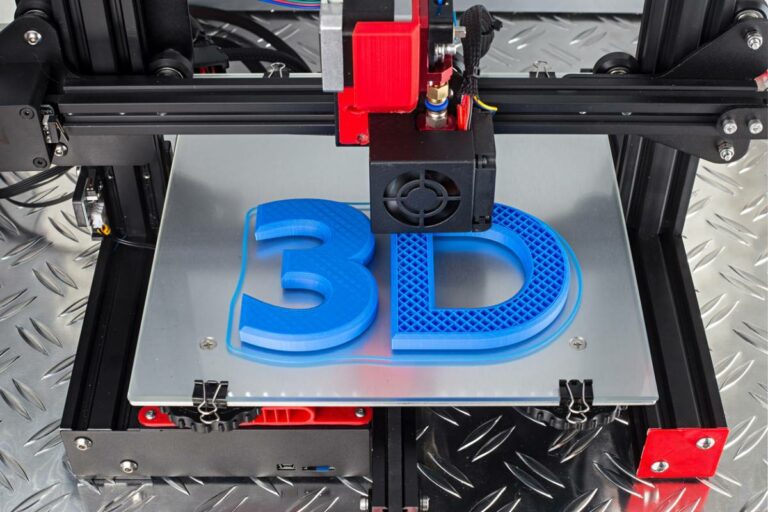While the benefits of 3D printing are no longer in doubt, its use is not without risk. 3D printing promotes the emission of harmful elements into the air. These are most often nanoparticles and VOC emissions from the composition of the filaments used. To reduce the effect of these harmful elements, it is possible to filter the air from the 3D printer.

Air filtration on 3D printer: a necessity
Although there are many benefits associated with 3D printing, this printing technique is not without consequences. The use of the 3D printer presents a significant risk of pollution. Many harmful emissions are indeed generated with 3D printing. In addition, it promotes the proliferation of shrinkage effects. It is given this significant risk of pollution that 3D printer protection solutions such as the 3D printer filter have been developed.
Depending on the filaments and the extrusion temperature, 3D printers emit particles of various sizes and types, which are harmful to health and the environment. These protection solutions consist of a filter and housing to enable 3D printing while protecting operators and the environment from harmful odors and emissions. Each of these devices intended to filter the air during 3D printing has a specific purpose.
The filter has been designed to specifically adapt to the requirements of air filtration of particles smaller than 100 nm. It is more than 97% efficient and is combined with activated carbon. The latter has the role of eliminating unpleasant odors resulting from extrusion and of reducing the symptoms of irritation that occur once the harmful elements are emitted into the air or inhaled. There are different standards for particle filtration.
EN1822-certified HEPA particulate filters are, for example, perfectly suited to filtering air in 3D printing. They offer a high level of efficiency. The printer enclosure, for its part, initially promotes the successful completion of prints. It also controls the effects of shrinkage by maintaining heat and limiting airflow around the printing area. Unfortunately, the enclosure concentrates the pollutant emissions generated by printing and requires air filtration.
Risks of poor air filtration
Poor air filtration during 3D printing poses many health risks. The lack of air filtration causes the emission of nanoparticles or ultrafine particles into the air. The danger with these 3D printer nanoparticles is that they are so fine that they easily infiltrate the human body to the point of reaching the blood, lungs, brain, and other internal organs.
Ultrafine particles are characterized by their specific physicochemical properties. They are also distinguished by their high level of toxicity. Where an element may be harmless at normal size, it can be very dangerous in the form of nanoparticles. Once inhaled, these ultrafine particles can cause many diseases: neurological diseases, heart diseases, arrhythmia, asthma, cancers, dermatitis, bronchitis, thrombosis, etc. These ultrafine particles therefore reduce your life expectancy.
German and Dutch studies also state that exposure to ultrafine particles from 3D printing would be safe up to 40,000 nanoparticles/cm3. Nevertheless, the adoption of air filtration solutions must be systematic, regardless of the level of toxic element emissions that you think your 3D printing may generate. Combined with other safety measures, these air filtration solutions guarantee significant protection and efficiency.
What is a 3D printer filtration kit made of?
In a French-made 3D printer filtration kit, you will find different equipment :
- a printed and mounted case,
- a P3D HEPA filter,
- a screw,
- a seal,
- a fan,
- an electronic card,
- a V2 control card compatible with the case.
The P3D HEPA filter protects against volatile organic compounds and nanoparticles. The role of the card in the kit is to allow a connection for better control by providing data on the filter. The V2 card allows you to control the fan speed. The case, meanwhile, can be printed in ABS or PETG (polyester glycol), two thermoplastics that provide high heat resistance. It is ready to use. As you will have understood, if you have a 3D printer, it is important to filter the air. You will be able to enjoy the many advantages of this machine without putting your health at risk.


















